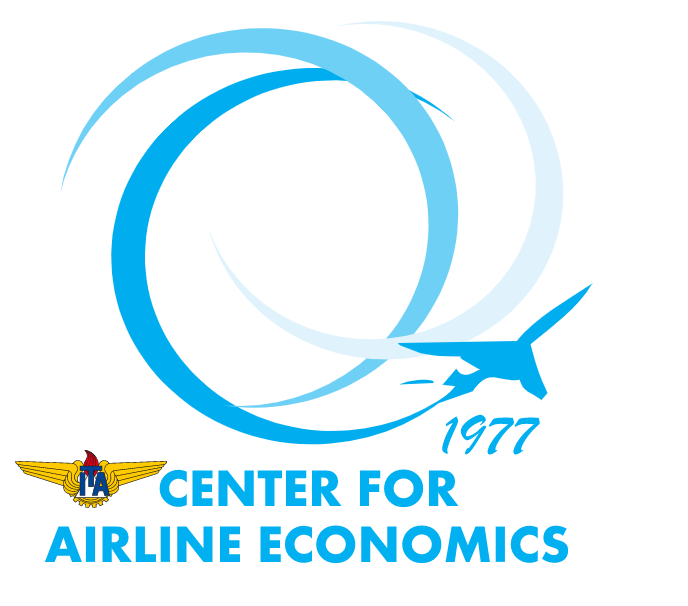Environmental
With the rise in travel opportunities for passengers and the prospect rise in air traffic offer and demand, working towards reaching environmental impact reduction goals at all levels of the aviation sector has become an increasing impelling need. Not neglecting all other spheres of corporate sustainability, professionals from the industry generally recognize that more needs to be done to offer greener services and products in aviation. At the airport level, environmental sustainability practice and effective impacts and emission reduction measures often constitute a license to grow, if not to operate. Focusing on the emissions and impacts provoked within the airport boundaries, the heterogeneity of actors that have direct control over the polluting sources represents an issue for the airport management decision making process. Airports, however, representing the face of aviation to the general public, have a strong motivation to act towards environmental sustainability and impact reduction also as a result of local political pressure, legal requirements, and voluntary commitment. The heterogeneity of playing actors and the often underlying discrepancy among their goals and objectives are to be framed within a wider and more complex context where the environmental goal, on a general basis, is felt and dealt with diversely in different regions of the world, depending on the level of political maturity and economic development of each country and region, mainly.
The AIROBS partners have knowledge of actual and current practice concerning environmental sustainability options from an airport operator’s perspective. They have a set of their own scientific and policy instruments, but at the same time have the flexibility to build new tools together with external partners to deploy them in strategies that are crucial to the specific aviation actor.






